The lectures
The day was filled with interesting and inspiring talks. Here are some brief summaries.
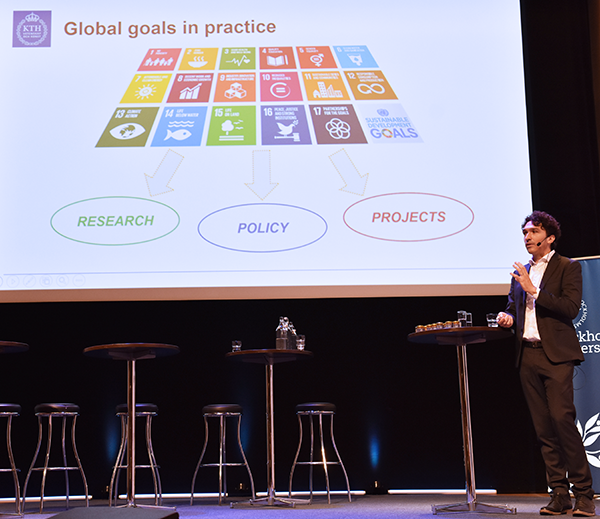
How can the UN's global goals be used to describe the research project's contribution to sustainable development?
Francesco Fuso Nerini, Associate Professor at the Royal Institute of Technology
The global goals are good to use to evaluate Polices, programs and projects. They can also be used as a tool to identify research gaps. It is important to work together with stakeholders to discuss the global goals.
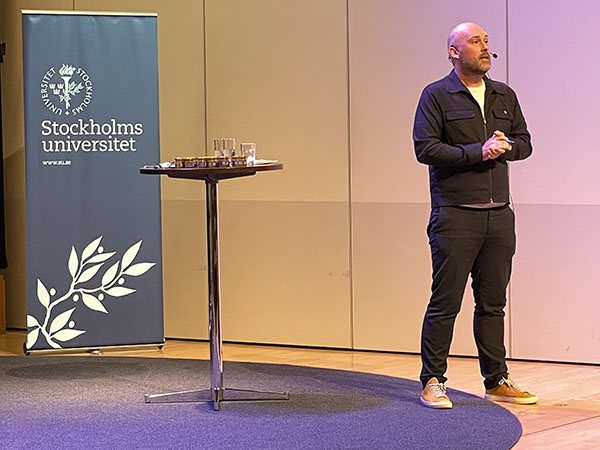
The research funders' requirements for reporting the research project's contribution to sustainable development and requirements for a description of the project's effect on society
John Tumpane, Head of Department at Formas
Researching sustainably is important. By supporting the Higher Education Institutions' climate network, Formas wants to achieve transformation, concrete measures and changes as well as spillover effect in more countries. Formas already has sustainability requirements for the research projects it finances and is no stranger to the fact that the requirements will be tightened in the future.
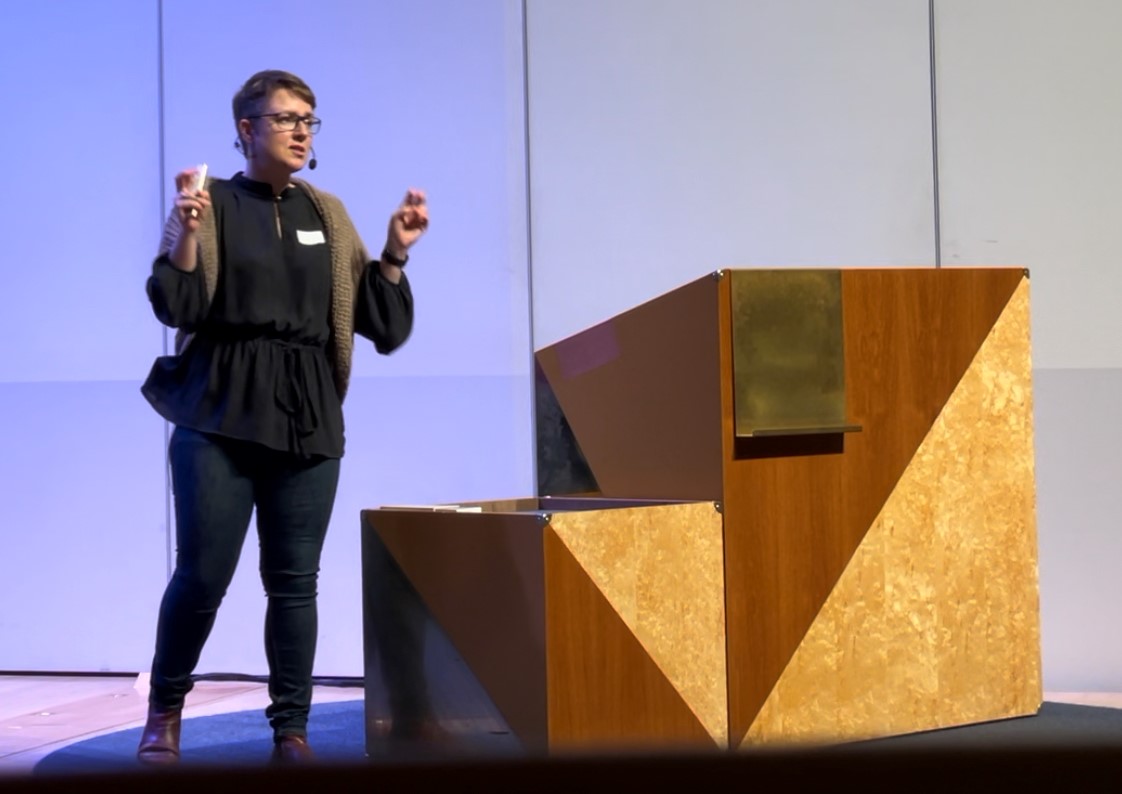
Project on flying in academia
Elina Eriksson, senior lecturer at the Royal Institute of Technology
There are goal conflicts that arise when you want to travel, these need to be resolved. One of the bigger challenges is to change the culture, so that it becomes ok to want to travel sustainably.
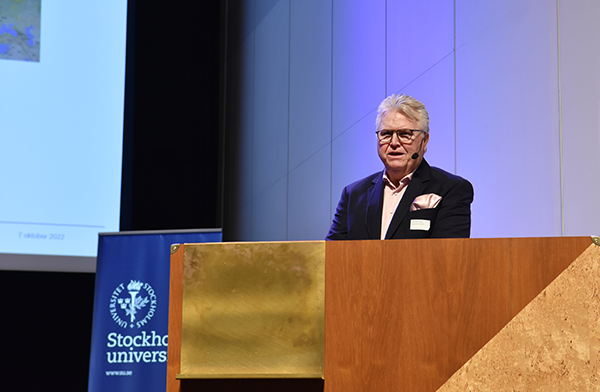
Guidelines and policies for travel in academia
Kjell-Ove Lindgren, travel manager at Karolinska Institutet
New guidelines for travel need to be developed that are more adapted to today's conditions and that clearly steer towards reduced carbon dioxide emissions. A trip at Karolinska Institutet is an effect of the fact that we need to meet. The focus should be on creating an environment with products that promote meeting where traveling is an option.
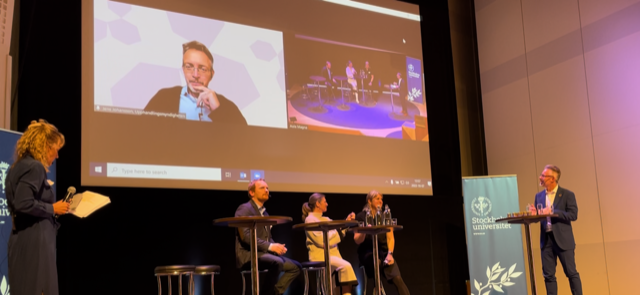
Environmental spend analysis
Jens Johansson, expert at the Swedish Procurement Authorityn
The procurement authority's method "Environmental spend analysis" can be used at a strategic level to get an idea of a business's climate footprint. In a spend analysis, purchases are sorted into different categories and subcategories and you get an idea of the total purchase volume. Through an environmental spend analysis, you can then get a climate footprint on each category and thus an idea of which categories generate the most / largest climate-affecting emissions. The method is based on Statistics Sweden's environmental accounts, a general input-output method or an LCA-based method. Tools for conducting an environmental spend analysis are available on the Procurement Authority's website.
Environmental spend analysis
Karolina Kjellberg, environmental manager at Uppsala University
Uppsala University has made its environmental spend analysis based on Statistics Sweden's environmental accounts, where a climate footprint is stated for each krona consumed within a certain category. In Uppsala University's analysis, for example, it becomes clear that Purchasing and Procurement have a major climate impact and they now know that they need to work much more on this issue. From the analysis, they also take with them which categories of purchases generate the greatest impact: research equipment, IT equipment, as well as chemicals and consumables for laboratories. Karolina Kjellberg gave some messages to "the sustainable researcher": 1. Do not buy, 2. Buy right, 3. Give feedback, 4. Participate in reference group.
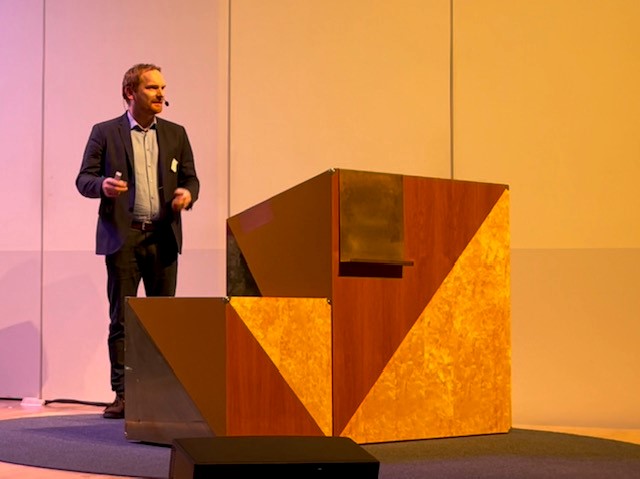
Efficient use of resources in academia
Peter Karlsson, Akademiska Hus
Internationally, about 40 percent of climate emissions come from buildings. In Sweden, the corresponding figure is approximately 21 percent. Two threes of buildings' greenhouse gases come from construction and only a third from energy, operation, etcetera. Akademiska Hus is now in the process of scanning its campus areas to obtain 3D models that will be able to visualize both what buildings look like and how they are used. The higher education institutions' need for premises varies during the year and Akademiska Hus estimates that they may need to become more flexible when renting out premises. Local analyses provide information on the extent to which premises are used at the same time. There is almost always free capacity. Higher education institutions could share lecture halls to a greater extent, so that a particular education is not always in the same building. The potential today is a 20-30 percent surface efficiency. If the need decreases, there will not be a need to build as many new buildings.